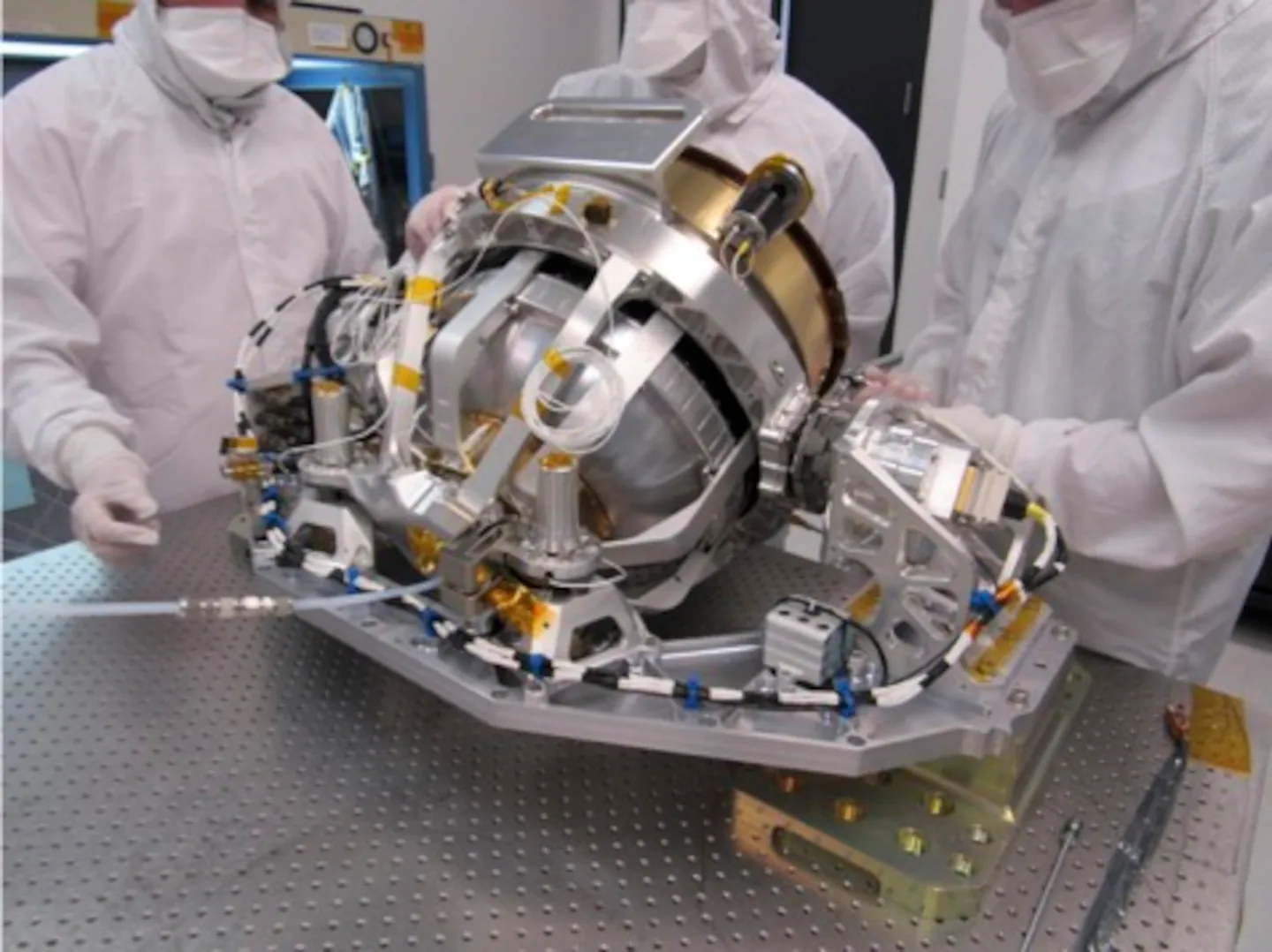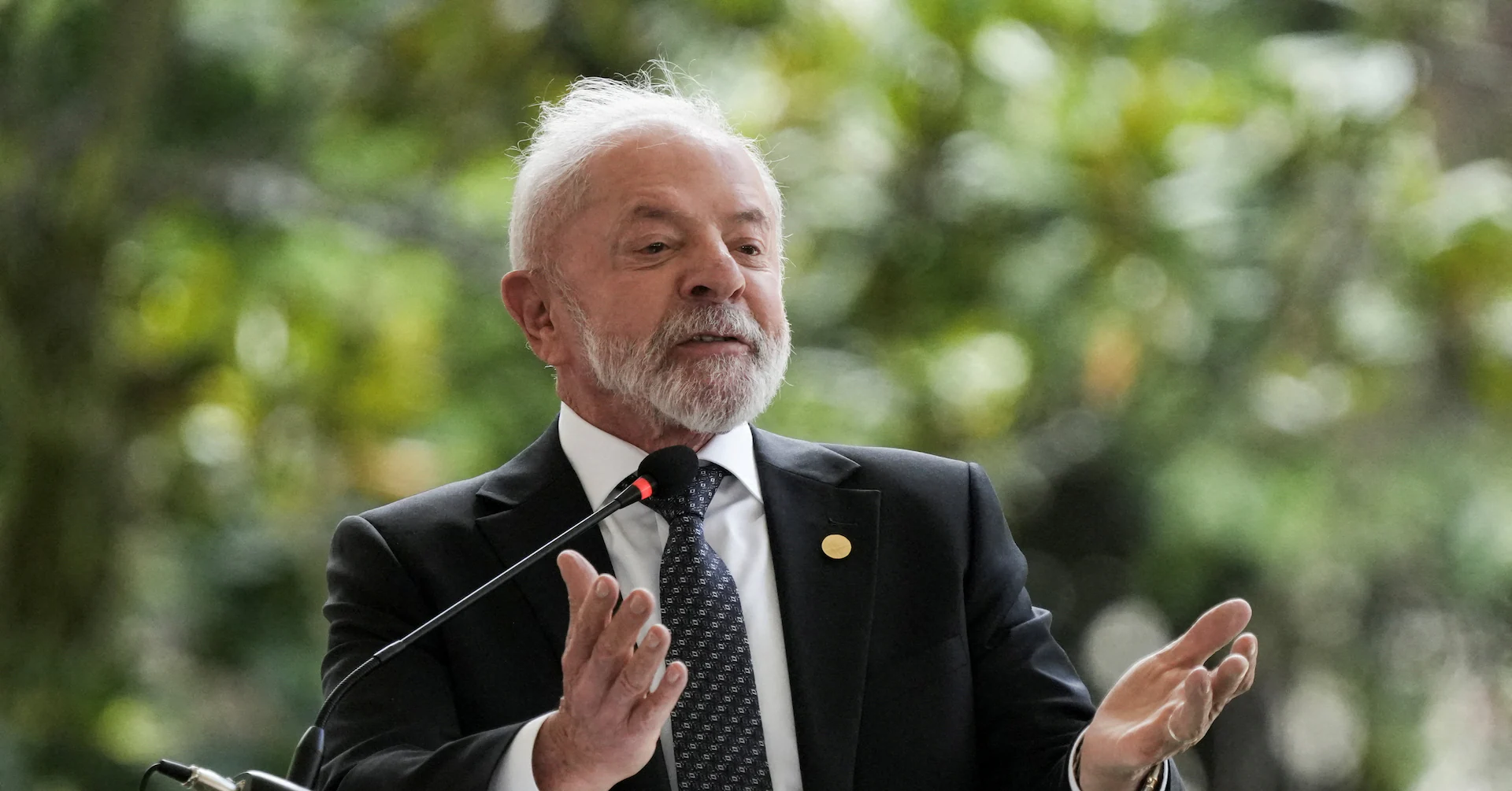
I spoke with Schwadron ahead of the launch, which is scheduled to take off from a SpaceX site near the Kennedy Space Center in Florida.
This interview has been edited for length and clarity.
Q: How are you feeling ahead of the launch, given the years of work you’ve put into this?
Schwadron: I’m exhausted right now. I’m excited and thrilled. I can’t believe we pulled all this off. All the objectives that we set out to achieve, we’ve achieved, in terms of the instruments. It was a really ambitious mission. I can’t tell you the number of hurdles that we’ve had to overcome to get to this point. So it’s very exciting to be also about to start a whole new era of science using the observations that we’re going to get.
How long will the mission last?
Technically, it has a prime mission of several years. But missions like these, such as the Interstellar Boundary Explorer mission, was designed for a couple of years and is still giving us data now after more than 16 years. So usually missions like this, which are fairly simple to operate, can last for years and years and years. It’s just a constant battle to defend the science and to keep costs down and to implement the mission.
Tell me a bit more about the nuts and bolts of how the mission will work.
The reason you go to space to get this type of data is Earth’s atmosphere is in the way. You have to get away from those types of things to be able to detect the types of particles we’re trying to collect. We have to go to a very low background environment where we can actually see these signals. Once we detect them and make these observations, we can build the maps of the environment that we’re in.
What kinds of new insights can these observations provide?
We’ve learned that we live in what’s called the heliosphere, which gets inflated by the solar wind. Over the last 20 years or so, we’ve known very little about anything that’s outside of that bubble that goes all the way out to the edges of our solar system. What we’re learning is that the domain of our Sun, our planets, the solar system, and Earth within that is influenced greatly by the environment that we’re in within the galaxy.
There’s no way for us to image our own galaxy directly because we’re inside that fishbowl. So the best we can do to start to understand our environment is to detect particles that come from outside our heliosphere.
What are some of the practical applications for this knowledge?
We have to understand that environment so that we can better protect explorers that go out into space. The bubble that gets inflated by our solar wind is protective. It protects us from really high energy radiation. If you’re an astronaut going to Mars or going to the moon, you have to worry quite a bit about the levels to which you’re exposed to the high energy radiation. It damages your cells, your DNA and so forth.
What are some of the big questions you hope this mission can help answer?
Until we get a better understanding of the interactions of our Sun, our solar wind, and the environment that we’re in within the galaxy, it’s much harder for us to understand our own environment, how Earth developed within that environment, and how we can continue to do space travel within that environment. It’s important to our understanding of how life formed here on Earth, but also how we can develop future technologies in space to withstand the environments we’re going to encounter.



